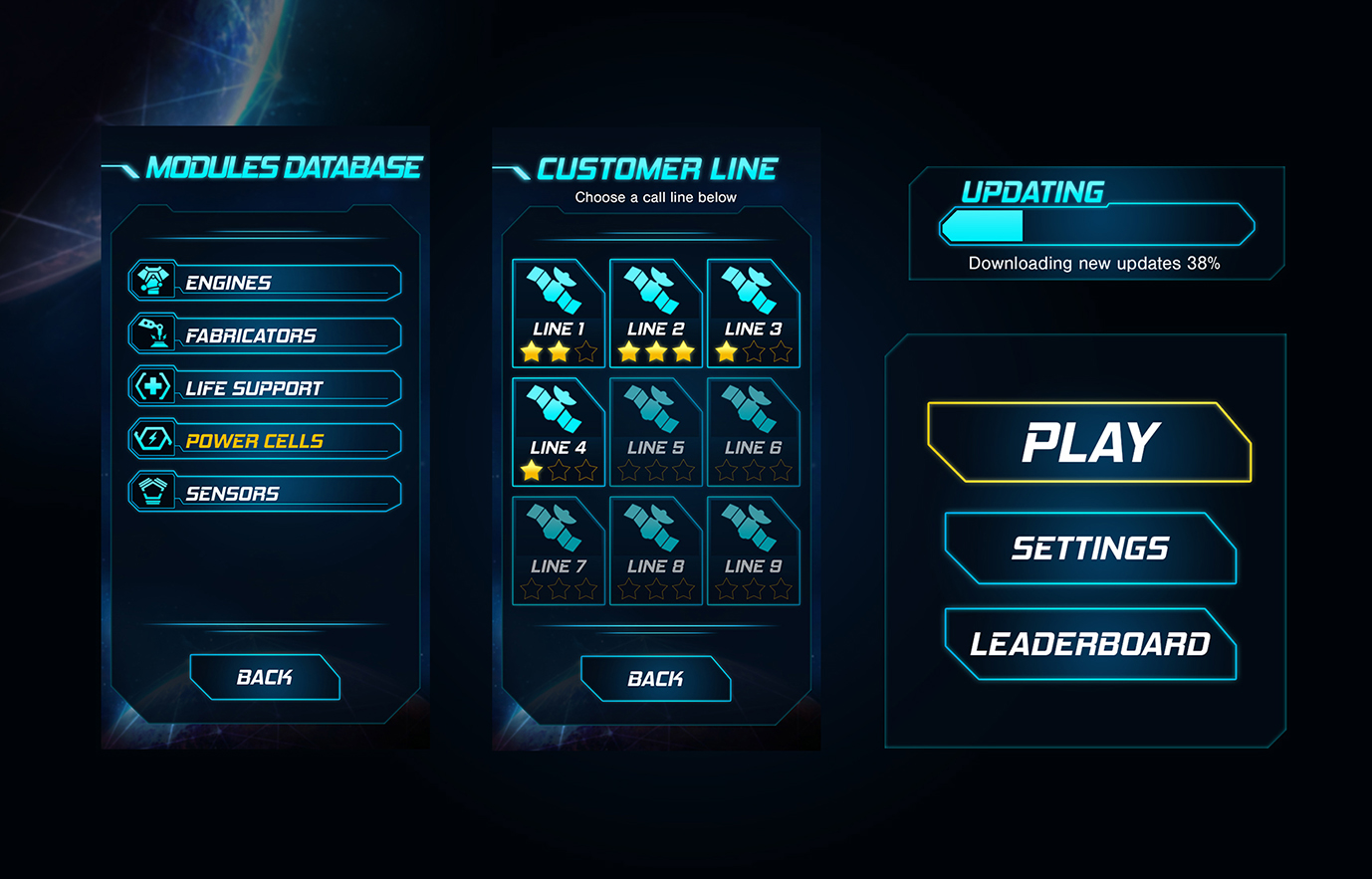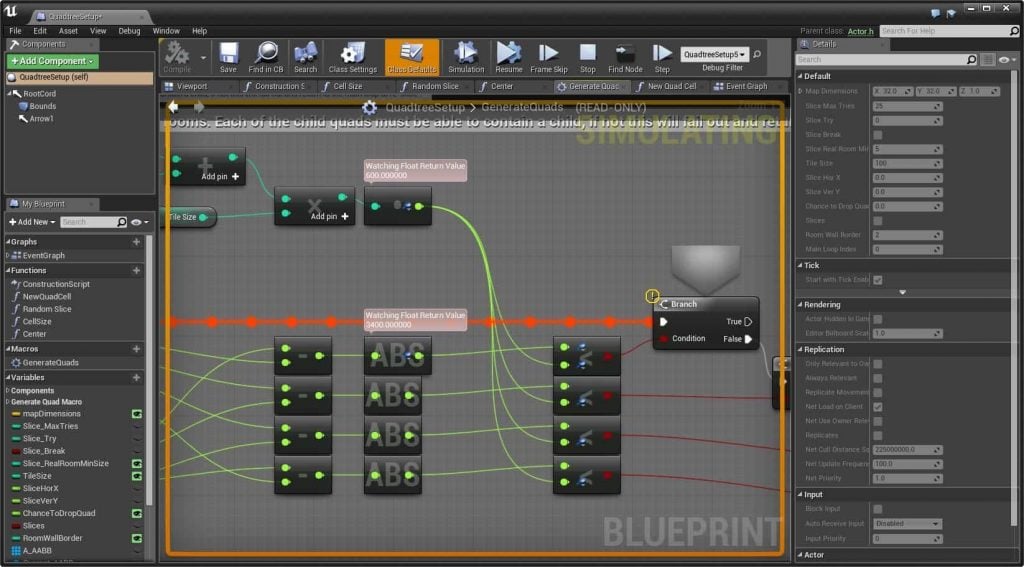Table Of Content

The program focuses on “the processes of creation, design and development of the visual experiences” says the school. The Division of Communication & Creative Media (CCM) at Champlain College has an additional program option for game designers—the Creative Media BFA. The program features a Game Media concentration and “Upside-Down Curriculum” that allows students to begin taking Creative Media courses in their first semester. Game Media students will explore game engine creation, game industry software, and the entire game production pipeline. Examples of required courses in the Information Technology major include Software Development Using C#; Human-Computer Interaction; Software Development Using Python; Website Development; and Technology Infrastructure. The culminating experience for the program is the Information Technology Internship or Capstone in Information technology, student’s choice.
5. Player Empowerment Through Objectives
Another sound effect and audio assets we would like to recommend is the AudioJungle which curates royalty-free music and audio tracks for only $1. The thunder icon represents premium download, and the pricing starts with a minimum of $20 per month. SketchUp is the most comprehensive free 3D design software that is immersive enough to make it seem like you are moving through your future home while being flexible enough to make it feel as if you’re working with pen and paper. Eagle is a comprehensive digital asset management tool that makes it much easier to quickly find what you need with its robust search filter.
Create great games

Established in 1861, University of Washington serves approximately 60,705 students across campuses in Seattle (main), Bothell, and Tacoma, Washington. The school provides around 845 degrees and 470+ programs across its campuses and 18 colleges and schools. University of Washington is accredited by the Northwest Commission on Colleges and Universities (NWCCU). The school is also a member of the Association of American Universities (AAU). Engineering at UW is accredited by the Accreditation Board for Engineering and Technology (ABET). Of the 120 credit hours required to complete the Game Art BFA, 48 are in the major.
Associate in game design
With more than 19,000 employees, New York University is one of the largest employers in New York City. NYU is accredited by the Middle States Commission on Higher Education (MSCHE). Analyzing player feedback requires a keen eye for identifying recurring themes and issues. It involves categorizing feedback into actionable items, prioritizing them based on severity and impact, and translating them into concrete design changes. This step requires collaboration between designers, developers, and quality assurance teams to ensure that the game’s flaws are addressed effectively.
If objectives are unclear or poorly communicated, players may become frustrated or disengaged. The first focuses on the importance of setting clear game objectives to motivate players. When players have a specific goal to work towards, they are more likely to stay engaged and invested in the game. For example, in a strategy game, the objective might be to build a thriving civilization. This goal gives players a sense of purpose and direction, driving them to make strategic decisions and progress in the game.
Required courses include 3D Character Modeling for Games; Introduction to 3D Modeling, Animation, and Visual Effects; Character Rigging for Games; and Technical Character Animation for Games. Elective examples include Accelerated Programming in Python; Visual Effects; and 3D Computer Animation. Game designers utilize various audio elements to enhance immersion, set the tone, create dynamic experiences, and sometimes even leave a lasting impact through iconic soundtracks.
The Digital Production BFA at Gnomon requires 180 total units, including 135 in career-focused study and 45 in general education. Students may choose from three options including Game Art, 3D Generalist, or Visual Effects. Across options, students will receive intensive training in industry software such as After Effects, Houdini, Nuke, V-Ray, Unreal Engine, Photoshop, ZBrush, and Maya. BS CS students may also study games through the program’s required 11 credits of advanced electives.
Program alumni are Game Developers, UX Designers, Technical Directors, and Data Analysts. Program alumni have landed roles such as Game Designer, Game Programmer, Game Developer, Game Artist, Project Manager, and Interactive Media Designer. Some GDIM alumni have gone on to become successful freelance designers, while others have launched their own studios. Like all Westphal College programs, programs in the College of Computing & Informatics provide a hands-on curriculum combined with valuable co-op experiences. Mandatory participation in the Drexel University Cooperative (co-op) Education Program enables all students to gain work and world experience prior to graduation. Co-op experiences take place at local and national companies, and overseas in places such as Greece, London, Ghana, Hong Kong, and Spain.
In the realm of game design, rules are the invisible architects that shape the very essence of gameplay. These rules construct the framework within which players navigate, strategize, and engage with the virtual world. Like the threads weaving a tapestry, these game design rules intricately connect various elements to create a harmonious and captivating experience.
Sponsored by Intel, Sony, and other technology companies, the Lab produces a "Demo Day," which allows students to showcase their work. The semiannual event attracts game industry reps, reporters, faculty, students, and hundreds of spectators from across the country. Your portfolio should include examples of your best game design work, along with explanations of the design process, and context on why you made certain choices. Critical game design thinking is a bigger topic than I can cover here, but learning to think like this and asking yourself these types of questions will help with planning a larger, cohesive vision.
31 Design Tricks Behind Famous Video Games - Cracked.com
31 Design Tricks Behind Famous Video Games.
Posted: Thu, 21 Sep 2023 07:00:00 GMT [source]
Another crucial element is pacing; a well-balanced game delivers an ebb and flow of challenges, rewards, and story progression to maintain player engagement. Achieving balance requires continuous playtesting, iteration, and listening to player feedback to fine-tune the game’s mechanics, ensuring that no element dominates or falls short, and that the overall experience is enjoyable and rewarding. In the grand symphony of game design, players, objectives, a system of rules, and feedback harmonize to create a captivating experience. Players embark on a journey guided by objectives, navigating through a landscape defined by rules, while feedback nurtures their sense of accomplishment. These elements are the building blocks that craft not just games, but immersive worlds that captivate and inspire.
This element is particularly important in games where the objective is to compete against other players, such as racing games or multiplayer shooters. Incorporating interactivity into game design involves creating a responsive and immersive game world with which players can actively engage. This can involve giving players a range of actions to perform, allowing them to explore and interact with the environment, and providing feedback that reflects the impact of their actions. Interactivity can also be used to create a sense of agency and empowerment in players, making them feel like they have control over the outcome of the game. Interactivity is a critical game design element that helps to make games more engaging and enjoyable for players. Schools like Digipen Institute of Technology, Rochester Institute of Technology, and the Savannah College of Art and Design have highly rated game design and game development programs.
This can take the form of progress bars, achievement badges, or level completion indicators. These visual cues serve to inform players of their advancement, reinforcing a sense of accomplishment and encouraging continued play. One of the challenges in game design is to create objectives that resonate with players on a personal level. Meaningful player goals go beyond the superficial and tap into the player’s desires, emotions, and motivations. When players can relate to the objectives on a deeper level, they become more emotionally invested in the game. Feedback lets players know whether they’re on the right track and helps them learn from their mistakes.
Within the school is a Computer Science Department that provides the opportunity to specialize in just about any area. The College of Science, Technology, Engineering, and Mathematics and Management at University of Wisconsin-Stout serves 2,700 students led by more than 200 faculty. The college also houses the Mathematics, Statistics and Computer Science Department, home to the Computer Science BS with a Game Design and Development concentration. This is the world’s first and only game design and development program accredited under the Computer Science curriculum by the Computing Accreditation Commission of ABET.

No comments:
Post a Comment